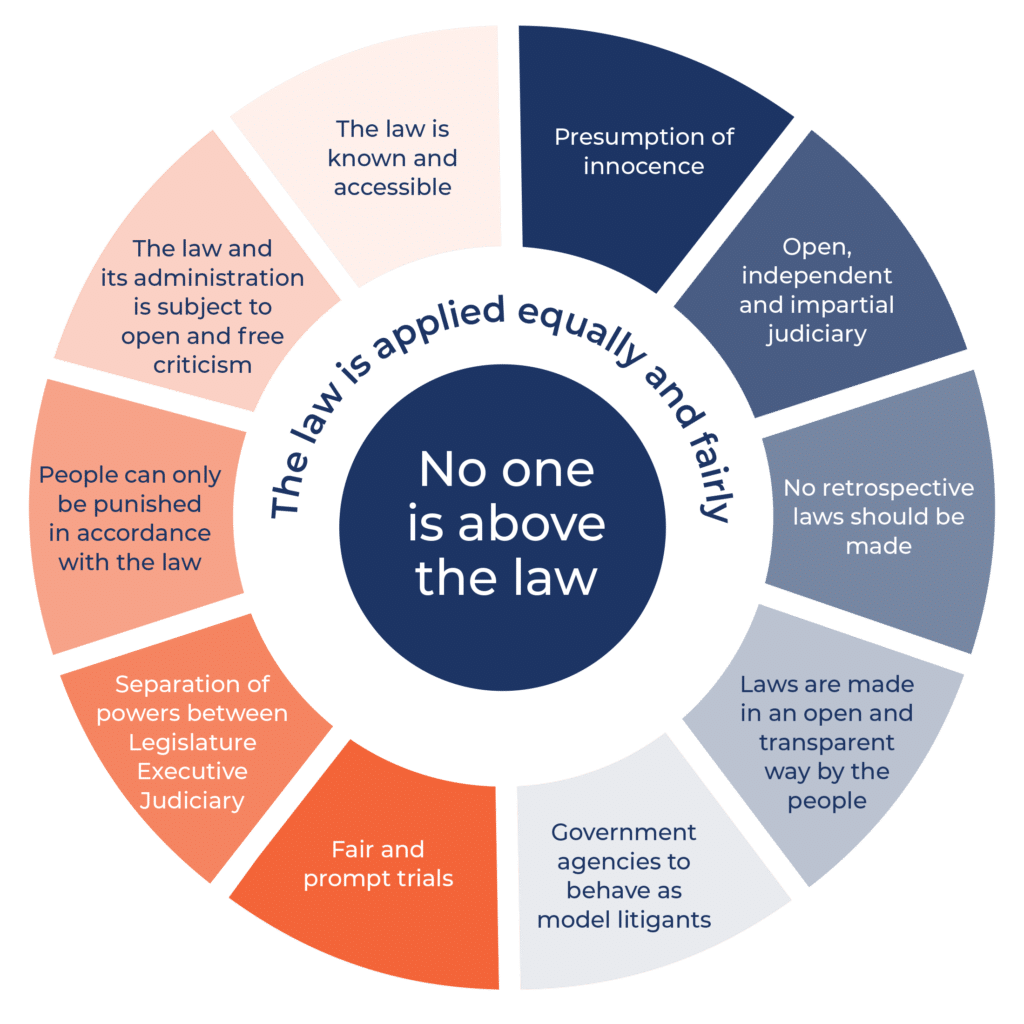Today marks the 40th anniversary of the Federal Court of Australia Act 1976 (Cth) receiving Royal Assent.
Australia now has a flourishing and robust federal judiciary, but it was not always the case. Prior to the creation of the Federal Court, there were only three federal courts in Australia: the Australian Industrial Court, which arbitrated industrial disputes, the Federal Court of Bankruptcy, and the High Court. The busiest of these was the High Court, which, from its commencement in 1903 until the creation of the Federal Court in 1976, had an immense original jurisdiction.
In all generalist matters that didn’t come before the High Court, federal jurisdiction was exercised by State Supreme Courts. This situation was authorised by section 77 (iii) of the Constitution, which reads:
With respect to any of the matters mentioned in the last two sections the Parliament may make laws…investing any court of a State with federal jurisdiction.
This was known as the “autochthonous expedient”, in Sir Owen Dixon’s typically complicated words. Put simply, it was cheaper and more sensible for the pre-existing robust Supreme Courts of each individual colony to be invested with jurisdiction for the minor number of federal matters that were not dealt with by the High Court, than it was for the fledgling nation to create a whole new expensive federal judicial structure. This system operated sufficiently well that it remained effectively untouched for the first seven decades of Federation.
However, the 1960s and 1970s saw the beginning of the long period of growth – still continuing – in federal legislation and regulation, and the increasing centralisation of power in Canberra. The High Court began to be overwhelmed by matters. Strange as it sounds today, prior to the creation of the Federal Court, High Court justices often found themselves hearing tax appeals at first instance, or applications for the extension of patents, or other similarly routine and mundane matters.
Bills for the establishment of a new federal court were introduced in 1967, 1973, and 1974. The first lapsed when Parliament rose for the election in 1969, and the next two were defeated in the Senate on various grounds, including expense and the perceived negative impact on the role and status of the State Supreme Courts. Agreement about the need for a federal court with jurisdiction over family law led to the creation of the Family Court in 1975, but a generalist federal court had to wait until after the 1975 election.
The Federal Court of Australia Act 1976 (Cth) finally passed in late 1976, but the court it created looked quite different from today’s Federal Court. Its original jurisdiction was limited basically to industrial relations, bankruptcy, judicial review of administrative decisions, and trade practices legislation. This jurisdiction was gradually expanded through the 1980s and 1990s, and certain parts of the court’s initial jurisdiction – namely, judicial review and trade practices – grew in importance as time went on.
In 1983, the Court was given original jurisdiction over matters in which writs of mandamus or prohibition, or an injunction, was sought against an officer of the Commonwealth, mirroring section 75 (v) of the Constitution’s grant of jurisdiction to the High Court. The High Court could now refer matters to the Federal Court, to help ease its own caseload. Finally, in 1997, the Court was given original jurisdiction in matters in which the Commonwealth sought an injunction or a declaration, matters arising under the Constitution or involving its interpretation, and civil matters arising under any laws made by the Parliament.
Today’s Court has a broad jurisdiction, stretching from intellectual property to native title and taxation. At its creation in 1976, its jurisdiction was granted by about ten different statutes; today, that number reaches over 170. Its appellate jurisdiction is even broader. The Court sits comfortably in a leadership position in the growing federal judiciary, and has become a training ground for future High Court justices; a place where governments can assess a justice’s approach to many of the sorts of matters likely to come before the High Court.
In recent years, increases to filing fees at the Court have created concerns about access to justice at a federal level, while attempts by various Governments and Parliaments to keep the federal judiciary out of immigration law have resulted in extraordinary contortions and innovations.
Nevertheless, the Federal Court has had a proud forty years of important legal service, including leading some of the most important reforms in case management, whose impact is felt through the rest of the Australian legal system. It has created an efficient dispute resolution service for the increasingly complex rights and liabilities created by federal law, and has left its more rarefied cousin, the High Court, free to focus on those legal questions of most difficulty and public interest.
Although the rule of law is not always best served by an increase in the number of legal institutions (“more courts” not always being the same thing as “more rule of law”), the Federal Court has played an important role in checking the powers of the government and parliament of the day, and retaining an efficient legal process for resolving disputes.
— William Shrubb


